Building Future-Fit Organizations through Organizational Design
Anyone who thinks about the future without considering organization is building on sand.
This statement may sound like a truism, but I get the impression that many companies act as if the opposite were true.
The last article dealt with the difference between organizational design and organizational development and why it is crucial to consider both dimensions together.
New programs, tools, rules, and processes are supposed to improve the entire organization:
- better leadership through a new leadership program
- greater efficiency through digital solutions
- better compliance through stricter rules
- greater engagement through a cultural project
- better scalability through more detailed processes
These initiatives are often planned and implemented in isolation, which complicates the system.
Why many organizations fall into the complexity trap
The result: increasing internal complexity. And at a certain point, it increases exponentially rather than linearly.
Clarity is lost. Responsibility is avoided. Energy is invested in meetings to create temporary order out of chaos.
All of this has to be compensated for by the people working in the system through additional effort. Frustration, resignation, and withdrawal are the consequences.
If the organization is not consciously designed, it ends up resembling a disorganized patchwork quilt.
- Misunderstandings and conflicts arise at interfaces.
- Maintaining an overview of the entire system is only possible with additional effort.
- Mutual dependencies lead to sluggishness.
- People feel overwhelmed.
- Clarity regarding priorities is lost.
What is missing is a conscious view of the overall system. What is missing is a holistic, well-thought organizational design.
Dealing with complexity through simplification
In dynamic environments, there is often a call for more structure, more rules, or more control. Fear and uncertainty cause people to react in this manner, a response that is rooted in biological conditioning.
More structures, rules, and control—equivalent to more bureaucracy—cause additional effort and costs that do not add value. Centralization increases the fragility (susceptibility to change) of the organization.
Managers become overburdened with operational activities, leaving them less time to perform their leadership tasks. When employees adhere strictly to the rules, it diminishes their sense of responsibility and connection to their work, which negatively impacts the company's capacity for innovation, among other factors.
“The only thing harder than starting something new is ending something old.” Russell.“ Russell L. Ackoff
In the context of the holistic organizational design approach, “simplifying the organization” means letting go of the old to make room for the new and not designing more than is necessary.
Principles instead of rules: open spaces instead of control
Rules are ubiquitous in organizations. Often, to reate security and clarity.
In dynamic environments and with increasing complexity, rules quickly reach their limits because they are linear in their thinking and static in their design. More rules mean more exceptions and interpretations, which creates additional bureaucracy and insecurity.
Principles work differently.
Principles guide without overregulation. Principles can be applied in various ways, encouraging individuals to make independent decisions and take responsibility within their respective contexts. In this way, they strengthen personal responsibility.
Holistic organizational design uses principles to create conditions that do not see complexity as a limitation. Still, it recognizes it as a natural fact and supports the organization in dealing with it constructively.
Principles enable common alignment (coherence) without limiting the adaptability of the organization.
Future-fitness begins with inner clarity
Companies such as W.L. Gore, Buurtzorg, Haier, Patagonia, and Morning Star demonstrate that viable, innovative organizational designs do not arise from copying supposed best practices.
They emerge from within, where people find the courage to critically question their structures and ways of thinking to create something new together.
Inner clarity is a driving force. It reveals blind spots and patterns and provides orientation from which something new can emerge.
Organizational design supports this process, by helping to develop an architecture of cooperation that is understood, supported, and lived by its people.
Companies that take this path begin their journey from within.
That is why they succeed in developing organizational designs that are capable of handling complexity without being unnecessarily complicated.
Efficient collaboration as the basis for sustainable growth
Economic, structural, and cultural growth comes from connection.
It focuses on creating an architecture for collaboration among people and organizations. This results in more efficient processes, clearly defined roles, stronger teams, increased personal responsibility, and joy in daily work.
“ If we have an improvement system that is designed to improve the individual parts separately, we can be absolutely certain that the performance of the overall system will not improve ... The performance of a system depends on how the parts fit together, not on how they function individually.“ Russell L. Ackoff
Connection means that the whole is greater than the sum of its parts.
Organizations can be designed to be efficient, adaptable, capable of learning, and able to handle complexity, making them fit for the future.
Conclusion and Outlook
Organizations do not fail only because of changes in the market; often is their own internal complexity that lead to failure. Achieving future-fitness does not happen by chance, but is the result of conscious and thoughtful decisions. Holistic organizational design is not merely a trend, but a necessary paradigm shift.
Design begins from within, with reflection, clarity, and the courage to break new ground.
Future-fit organizations find the right balance between hierarchy and autonomy. They create a common direction while enabling adaptability. They rely on people who see the big picture and want to help shape it.
If you are currently wondering how sustainable your organization is, it is worth taking an honest look inward.
Holistic organizational design is not a one-time project, but a process that begins with reflection. If you would like to go down this path, I would be happy to support you.
Change is the new constant. In the following article in the first blog series, you will learn
why classic change models are often no longer sufficient today and how Puzzle Transformation, as an adaptive change model, can support you.




